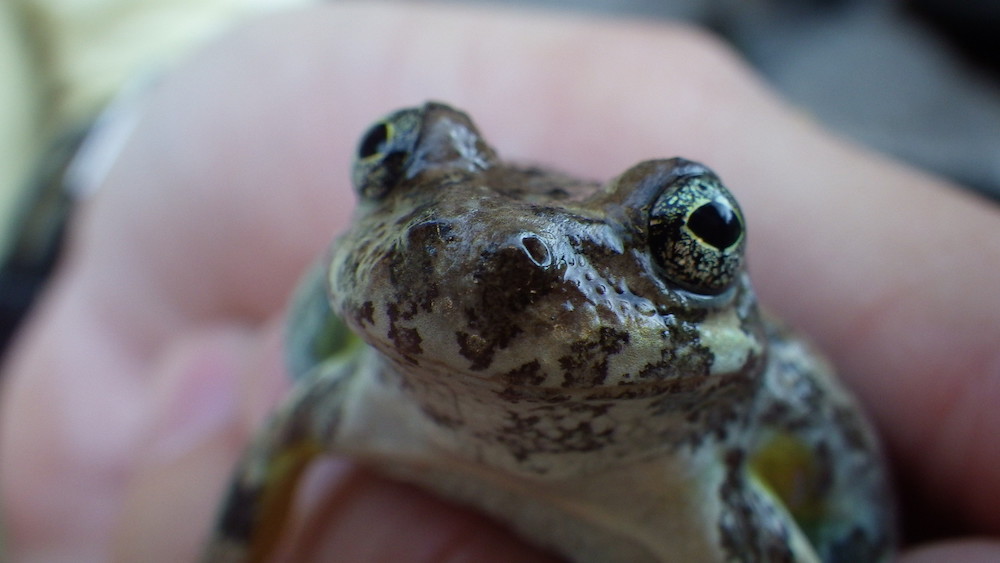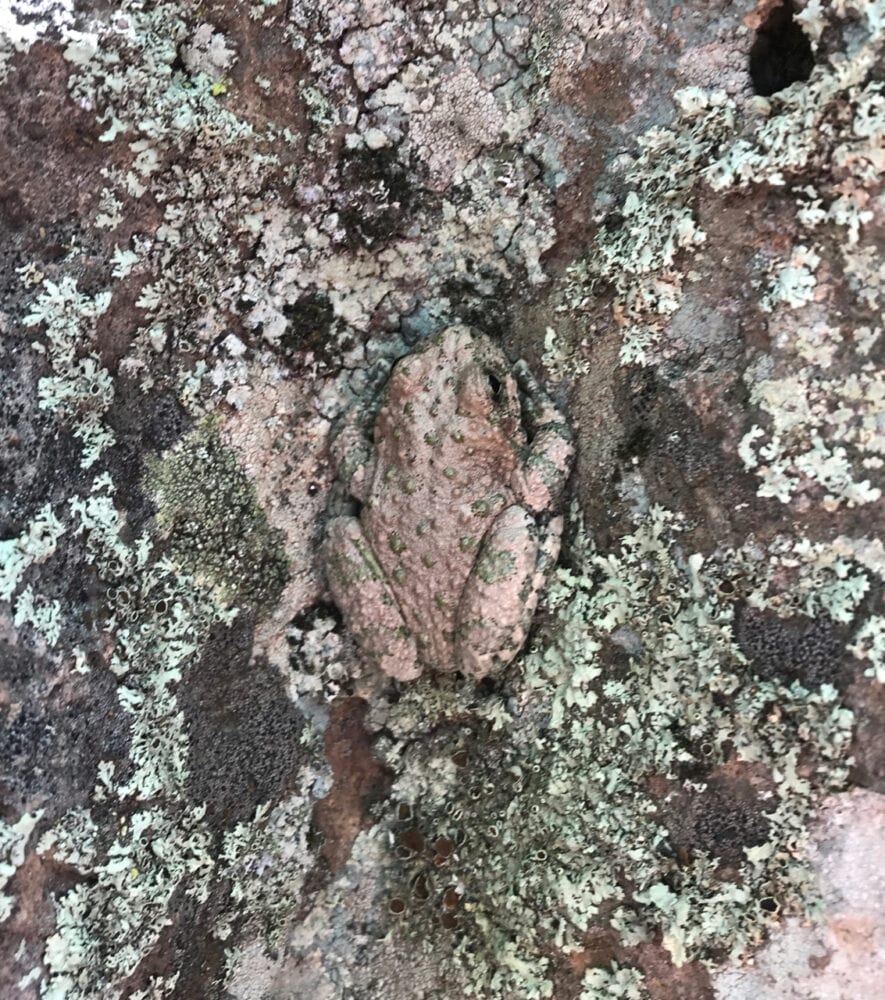
Welcome to Take It Outside! This week, we are getting to know our local reptiles and amphibians, collectively known as herptiles — or herps!
Earlier this week, we met one of our rarest amphibian species, the Jemez Mountains salamander. Today, we meet a more common amphibian on the Pajarito Plateau, the canyon treefrog.
Next week, we are taking a break from creating new Take It Outside content. Instead, we’ll be sharing some of the great online content other New Mexico museums and organizations are creating! Tune in to our website or check PEEC’s social media pages to see who we’re featuring.
Be sure to keep an eye out for a survey next week to give your feedback on what you’d like to see from PEEC for future online content. Have a great weekend!
Upcoming Event:
Tonight at 7 PM, to cap off our week about reptiles and amphibians, astrophysicist Rick Wallace examines competing theories about what really killed the dinosaurs in his live-streamed astronomy talk. His presentation brings in paleontology, atmospheric modeling, explosive hydrodynamics, geology, volcanology, biology, and environmental science! Register here to listen to the talk.
Blog Post:
PEEC’s resident herpetologist and board member Jennifer Macke discusses how canyon treefrogs have adapted to live in our dry climate here in New Mexico. Check it out here!
Craft:
Invite frogs and toads to your yard by building a habitat just for them. Make sure to choose a safe, cool, place, and keep it moist. Then wait and see if any toads or frogs find their new home! Let us know if they do!
Outdoor Challenge (Beginner):
Get outside and pretend to be a canyon treefrog! Hop around your yard or along a nearby trail and search for the following resources that you’ll need to survive as a frog on the Pajarito Plateau:
- Food: Can you find insects like beetles, flies, or moths to snack on?
- Water: As we learned in the blog post, frogs absorb moisture through their skin instead of drinking it. Can you find a puddle, stream, pond, or even damp soil?
- Shelter: During the hot summer months, canyon treefrogs often hang out in cracks and crevices to avoid drying out. They are masters of camouflage and can blend in perfectly with rocks. Can you find some habitat like this to hang out in?
Outdoor Challenge (Advanced):


Since frogs and salamanders must blend in well to avoid predation, they are very hard to see. But they are often easier to hear. In our area, most frogs will wait until monsoon season to mate. At that time, you can go to water bodies and hear their calls.
Listen to the calls of the western chorus frog and the canyon treefrog.
Then, as the season progresses, visit ponds such as retention ponds, stock ponds, and canyon bottoms, and listen for these sounds. If you get really interested, you can join the Association of Zoos and Aquariums’ citizen science project FrogWatch USA to contribute to amphibian conservation.
Want to Learn More?
- This week we’ve learned about reptiles and amphibians. Most of the critters at the Los Alamos Nature Center fall into one of these categories! Take our “Which Los Alamos Nature Center Critter Are You?” quiz to find out which of our residents you are most like!
- Do you know how to tell the difference between a frog and a toad? We have both frogs and toads here in New Mexico and they are both amphibians. Check out this video for some tips for noting the general difference between frogs and toads!
- Learn more about the different frogs, toads, and salamanders found in New Mexico in this list of amphibians from the New Mexico Herpetological Society.
- Play this jumping frog game and try to get your frog through traffic, across a river, and to a tasty fly to eat! This game is mostly just for fun, but it does bring up an important obstacle to many amphibian species: habitat fragmentation, where human development interrupts the natural ranges of wildlife. This is an important reason for individuals and communities to include areas hospitable to wildlife within our neighborhoods.
Share Your Experience:
Tell us what you learn about our local reptiles and amphibians this week! We’d love to see your photos, too. Please send them to takeitoutside@peecnature.org or share them on Facebook or Instagram with the hashtag #peectakeitoutside.
